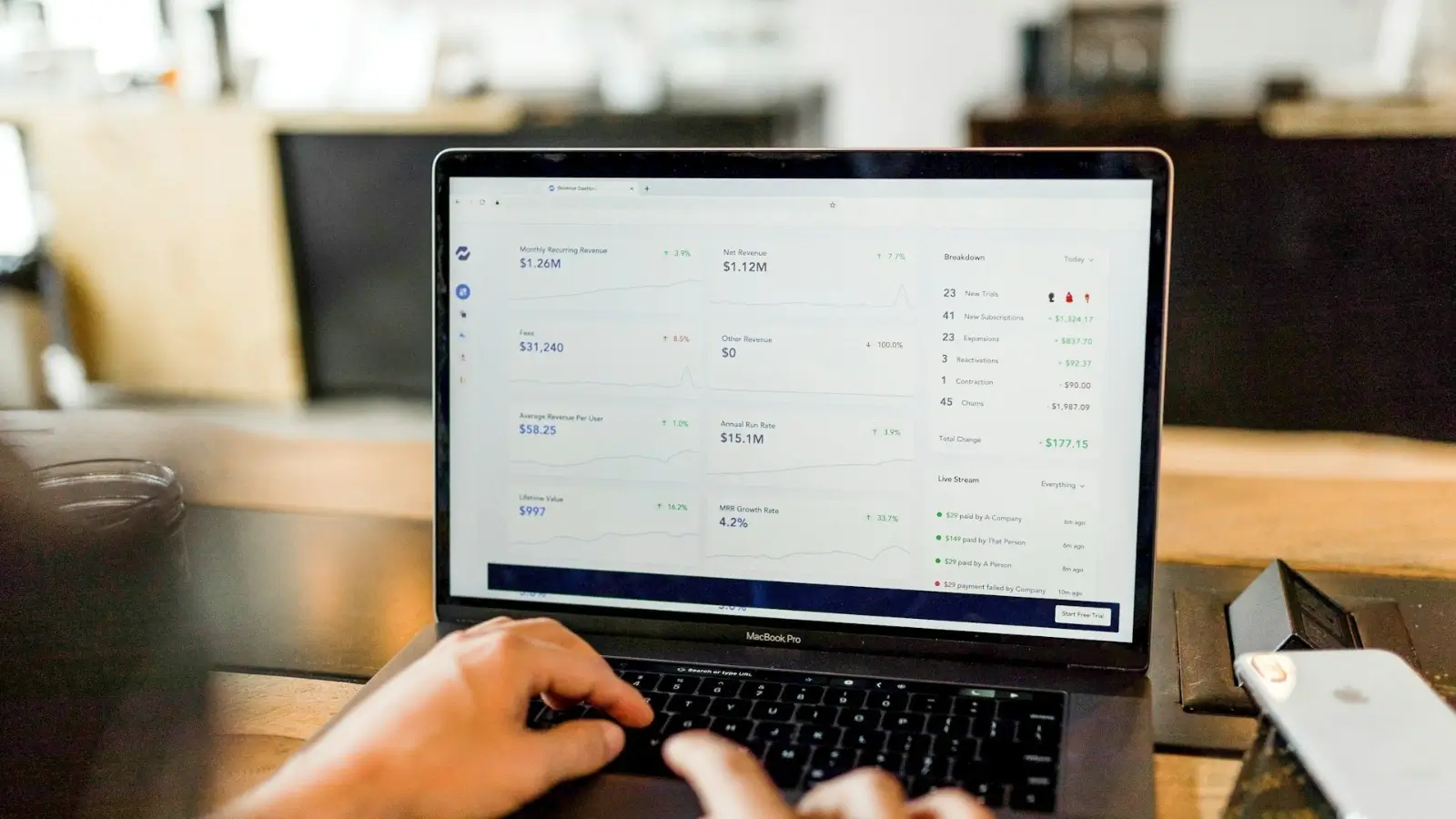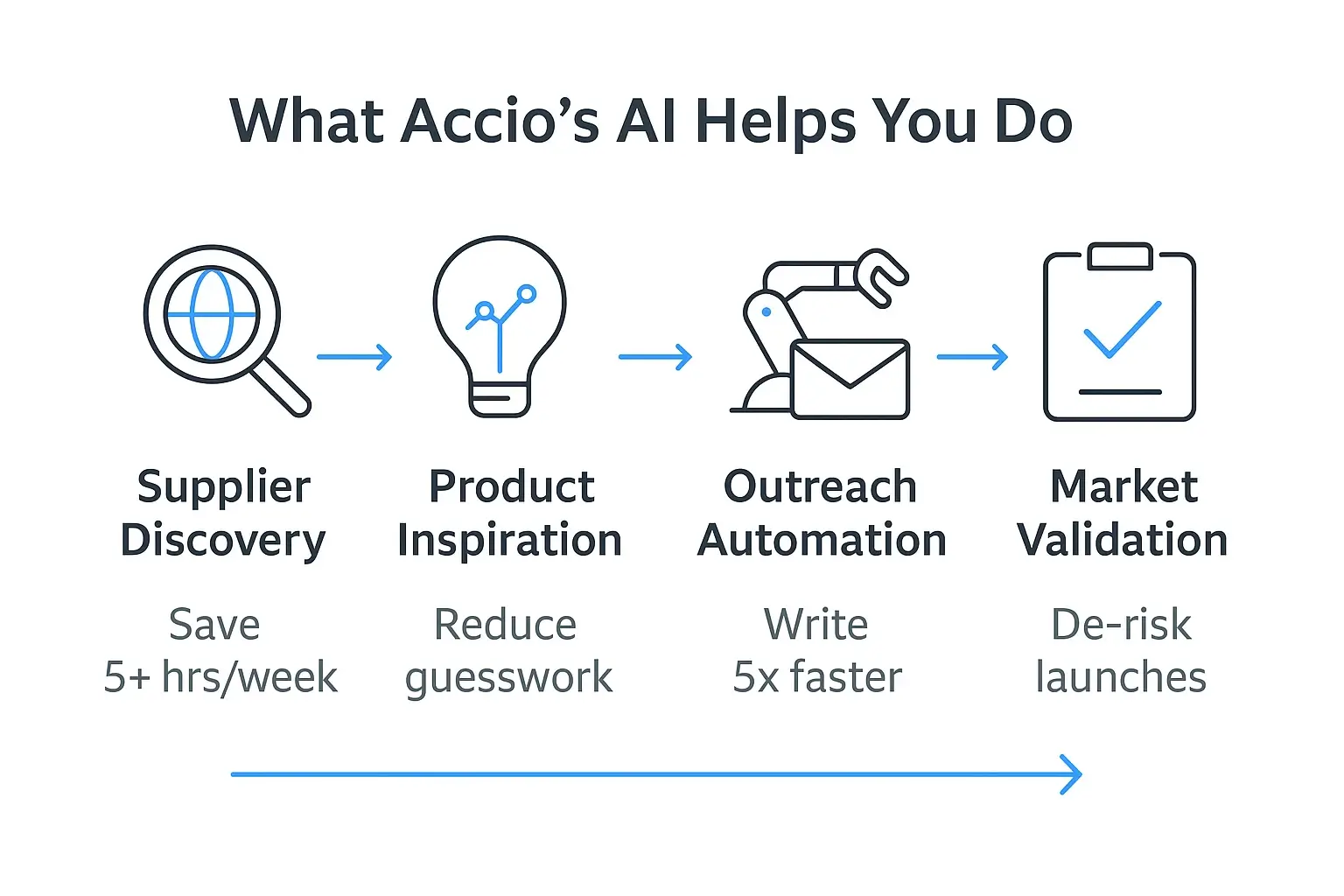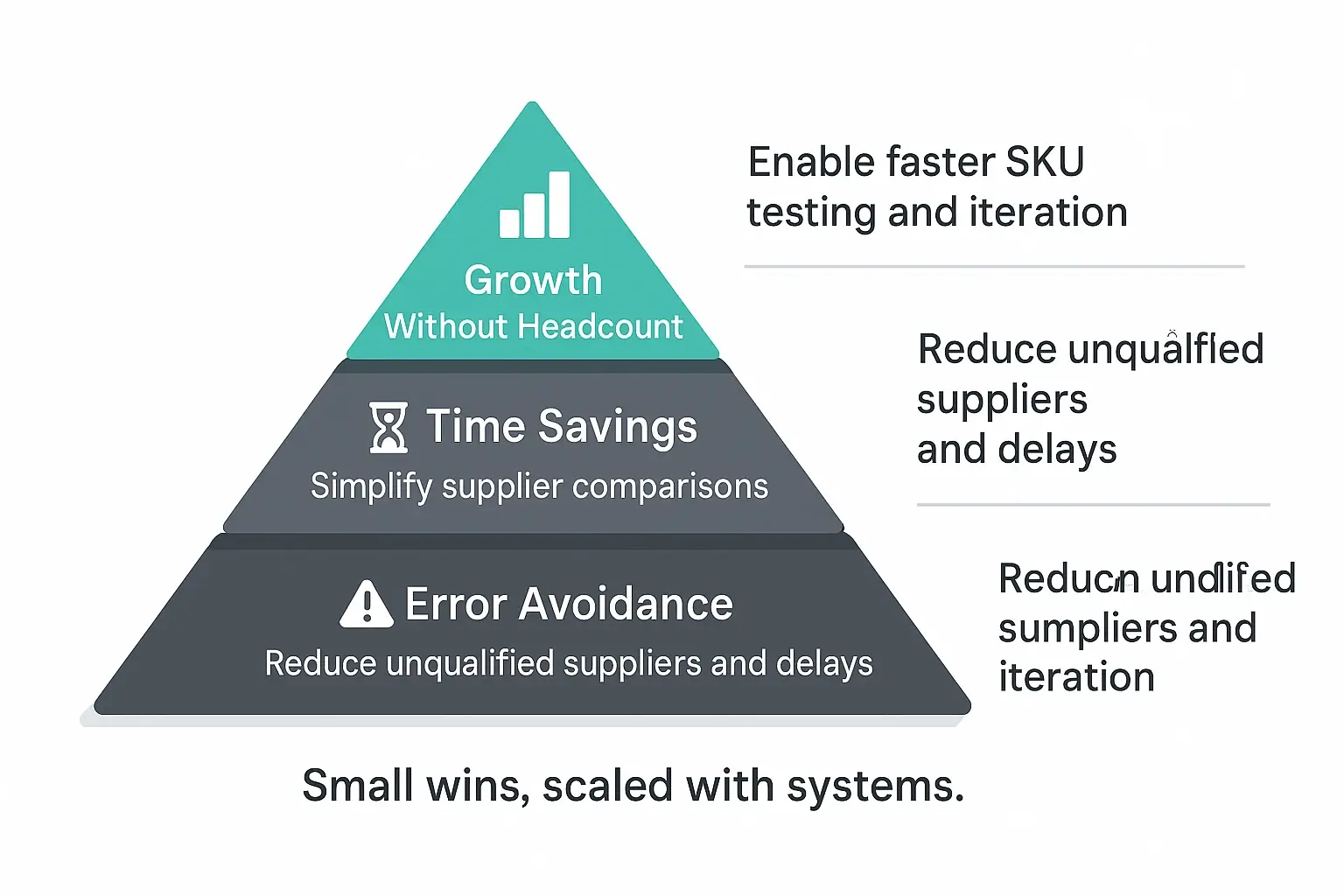


Your competitor just sourced a trend-aligned product and a certified supplier in 15 minutes. You’re still toggling between spreadsheets, vague quotes, and half-baked ideas from last quarter’s brainstorm.
In 2025, growth isn’t about more hustle. It’s about fewer bottlenecks. The smartest teams are using AI not just to optimize sourcing—but to unlock product inspiration, validate demand, and cut weeks of guesswork into hours of clarity.
For practical examples, see best ways to use AI to grow your business.
Tools like Accio help small and mid-sized businesses go from idea to insight to supplier in a single query. Whether you’re typing a prompt, uploading an image, or pasting a spec sheet, you’re getting structured results, vetted partners, and data-backed product ideas—all without drowning in tabs.
This guide unpacks how to use AI to find suppliers and inspiration that actually drive growth:
Because in 2025, AI isn’t just for big teams with big budgets. It’s for lean teams that want to move faster, test smarter, and build what works—before the competition does.
Most businesses don’t fall behind because they lack motivation. They fall behind because the starting line is broken.
When you’re trying to launch or expand a product line, two things often happen:
These twin bottlenecks frequently appear together. A sourcing manager stuck in supplier follow-ups can’t explore trends. A founder with a vague idea can’t brief sourcing clearly. The result? Weeks go by with no real forward motion.
Worse yet, you won’t know whether you have a supplier problem or an idea problem—until you’re already behind schedule.
In fast-moving categories, that lag kills growth.
What if the first 3 days of “research” could instead become 3 minutes of signal? That’s where AI tools come in—eliminating early ambiguity with clear, validated starting points.
“I need a supplier for skincare packaging” is very different from:
“I’m looking for matte-glass airless pump bottles that align with 2025 eco trends, low MOQ, EU delivery.”
The difference? One is vague and reactive. The other is inspired and informed.
What many teams refer to as “product inspiration” is often treated as a luxury—something to explore after the pressure of launch fades. But the best-performing businesses build it directly into their sourcing workflows. They don’t just ask: Where can I get this? They ask: What’s worth getting—and who’s already succeeding with it?
That’s where platforms like Accio create value. They enable businesses to uncover both suppliers and inspiration within the same workflow. A single query can return:
You’re not just sourcing faster. You’re sourcing smarter—based on what’s relevant and validated, not just available.
To see how this plays out in practice, just Ask anything about B2B and watch your query become insight.

Traditional B2B sourcing depends on keyword searches, manual RFQs, and delayed, incomplete responses. You submit inquiries, wait days, and still need to verify details like compliance, shipping regions, and MOQ.
AI platforms like Accio flip the script. Instead of searching, you describe.
Example: “Looking for vegan leather organizers, MOQ under 300, eco-certified, ship to UK.”
From one input, Accio returns:
This means reduced supplier risk, fewer misalignments, and fewer surprises after quotes.
Many teams operate reactively—waiting for competitors to launch or for customer feedback to guide product development. AI tools change that.
Instead of scraping trade platforms or forums, AI tools can surface early-stage insights like:
Insights like these used to require analyst hours. Now they appear within the same workflow as your sourcing query.
A single AI-powered query can surface both suppliers and inspiration. For example, uploading a spec for a glass bottle may also return:
AI helps merge product ideation with execution—less backtracking, more progress.
A skincare startup, unsure of its next SKU, uploads reference images to Accio and asks:
“What’s trending in refillable cosmetic packaging for the EU market?”
They receive:
What used to take days now generates focused direction—with supplier feasibility already validated.
A mid-sized home goods brand spent a week comparing listings and emailing cold suppliers—with little clarity.
With Accio, they typed:
“Need ceramic diffusers, MOQ < 500, white glaze, EU delivery, logo packaging.”
They received:
They shortlisted three suppliers. Two responded within an hour. Cycle time: under 30 minutes.
A search for “bamboo toothbrushes” might also yield:
AI aligns supplier matching with product positioning—in one integrated step.
A sourcing tool shouldn’t require onboarding calls or custom integration. Tools like Accio work in-browser—paste a product list, upload a photo, or describe your need.
Whether you’re a solo founder or managing dozens of SKUs, the ability to use AI without extra friction is crucial.
A good tool doesn’t just return listings—it helps you decide. That means:
That’s where Accio’s strength lies: not just surfacing options, but surfacing clarity.
Real sourcing isn’t always clean. You may start with a photo, a spreadsheet, or a vague prompt. The best tools support:
Tools like Accio support these real-world inputs—turning chaos into structure.
Every sourcing query becomes a data point. Over time, you learn:
Smart teams use this feedback loop to refine future decisions—building sourcing intelligence over time.
Even modest gains add up:
The result? Scalable systems built for repeatability—not just speed.

What separates strategic growth from chaos? Better inputs.
AI doesn’t replace sourcing. It makes it more precise. More informed. More scalable.
In 2025, don’t just look for suppliers. Look for systems that surface the right suppliers, ideas, and context.
That’s how smart teams move faster—not through brute force, but by outthinking the bottlenecks.